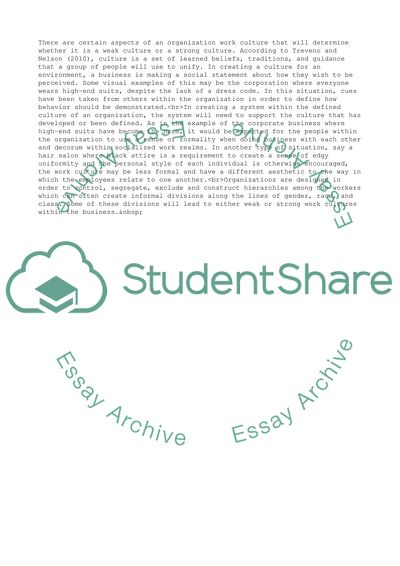Cite this document
(Leadership and Information at FridgeCom Assignment, n.d.)
Leadership and Information at FridgeCom Assignment. Retrieved from https://studentshare.org/management/1747595-managing-people-info-knowl
Leadership and Information at FridgeCom Assignment. Retrieved from https://studentshare.org/management/1747595-managing-people-info-knowl
(Leadership and Information at FridgeCom Assignment)
Leadership and Information at FridgeCom Assignment. https://studentshare.org/management/1747595-managing-people-info-knowl.
Leadership and Information at FridgeCom Assignment. https://studentshare.org/management/1747595-managing-people-info-knowl.
“Leadership and Information at FridgeCom Assignment”, n.d. https://studentshare.org/management/1747595-managing-people-info-knowl.


